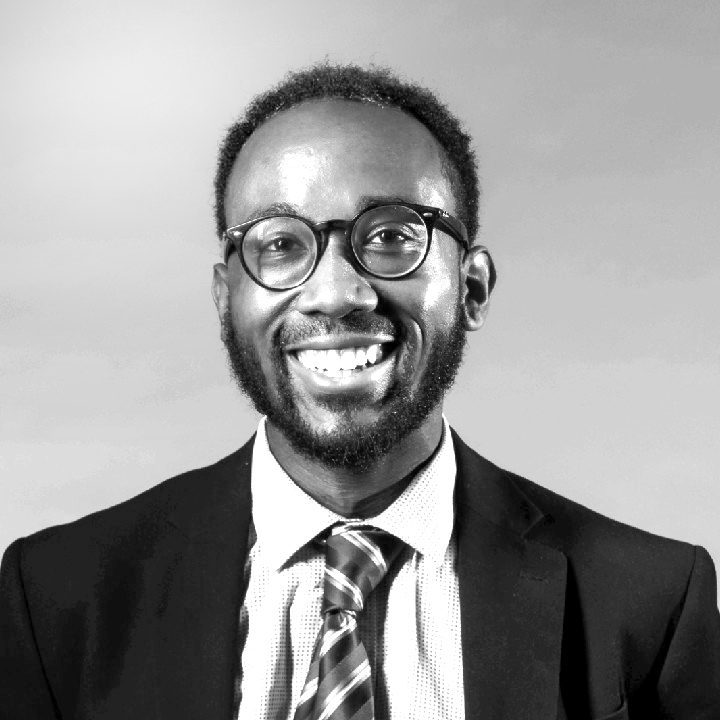When class begins, a hologram of a human body appears at each pod.
As the professor goes through the lesson, she 'air taps' and the HoloBodies change, like a slideshow. Students can see and hear their professor, their classmates, and the exact same hologram as one another at the same time. Students can walk around and look at the holograms from all angles, and lean in to see interiors, relationships and microstructures that are impossible to see in traditional cadaveric dissection.
Then suddenly, COVID-19 required us all to #StayHomeOhio.
The Shelter-in-Place order required an urgent modification to the HoloAnatomy® Software Suite so it could be delivered remotely. On March 24th, 2020, CWRU SOM held the first, large-scale remote mixed reality application experience in history. By the end of the semester, CWRU was routinely teaching more than 90 students simultaneously.
This is the story of our students' experience.
“It's kind of surreal. I would never have imagined.”
KAELYNN WORKMAN, MD CANDIDATE '23
“The whole world is kind of falling apart around us. So we're just along for the ride these days.”
ELLEN KENDALL, MD CANDIDATE '23
“There are so many ways that the fallout from this is going to just change the way the world works.”
MITCHELL THOM, MD CANDIDATE '23
The COVID-19 pandemic was underway, and was profoundly shifting society.
As the world tried to get a grip on what was happening, and stop the spread of the novel coronavirus, the places where people gather together shut down, including most colleges and universities.
"You can't get through med school alone. So much of our curriculum is built around group work and working on teams that it was really scary to switch to, ‘Okay, stay on your own. Don't be in groups.'"
ELLEN KENDALL, MD CANDIDATE '23
Changes came quickly, and the campus flexed.
In anticipation of a surge in COVID+ patients, the Cleveland Clinic and the SOM immediately reconfigured the atrium of the brand new Sheila and Eric Samson Pavilion at the Health Education Campus (HEC) to function as an overflow hospital. Hundreds of hospital beds moved in, and the furniture and trees moved out.
“They designed a whole building based off of our curriculum, which is 100% based off of interacting with one another. We have our small groups, we sit close together and we work on problems together. And then all of a sudden, we can't be together. "
ELLEN KENDALL, MD CANDIDATE '23
Faculty, staff and students made adjustments to teach and learn remotely.
Plans and guidelines started coming out from the university administration each day. At the Interactive Commons, co-directors Professor Mark Griswold and Erin Henninger called a stand-up meeting for the entire staff. We would be taking the HoloAnatomy® class remote, and we only had a handful of days to make it happen.
Over the course of 12 busy days, the team at the IC got to work. Each student was going to need their own lens at home, so 140 new headsets were generously expedited from Microsoft. They were then cleaned, loaded with the software, and shipped across the continent. Meanwhile, the other half of the team got to work on the nuts and bolts of running the class with students connecting remotely.
All hands were on deck to support the first class.
Each student was sent a start up guide and video tutorials so they could sign in on their own. The entire IC team, as well as the SOM [U]Tech group, was waiting online to assist as needed. And then, at 10:00am on March 24th, 48 students connected and the class began.
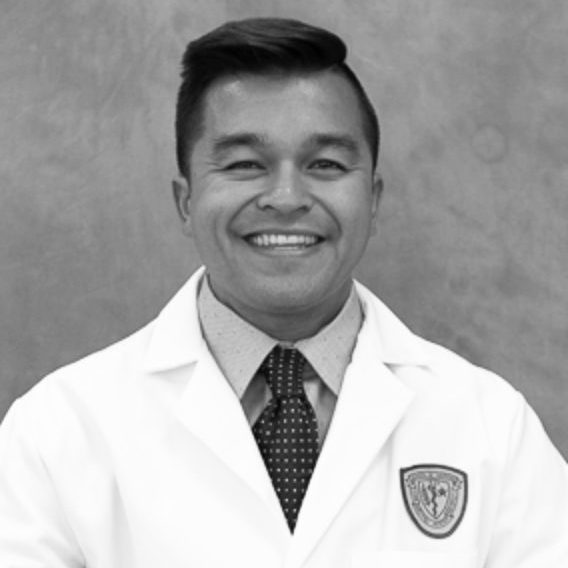
"Despite the fact that we can't go to school anymore and we're all living out of our apartments, this was pretty much just the same thing that we had before, which I think is really what all of us want."
JORGE GUTIERREZ, MD CANDIDATE '23
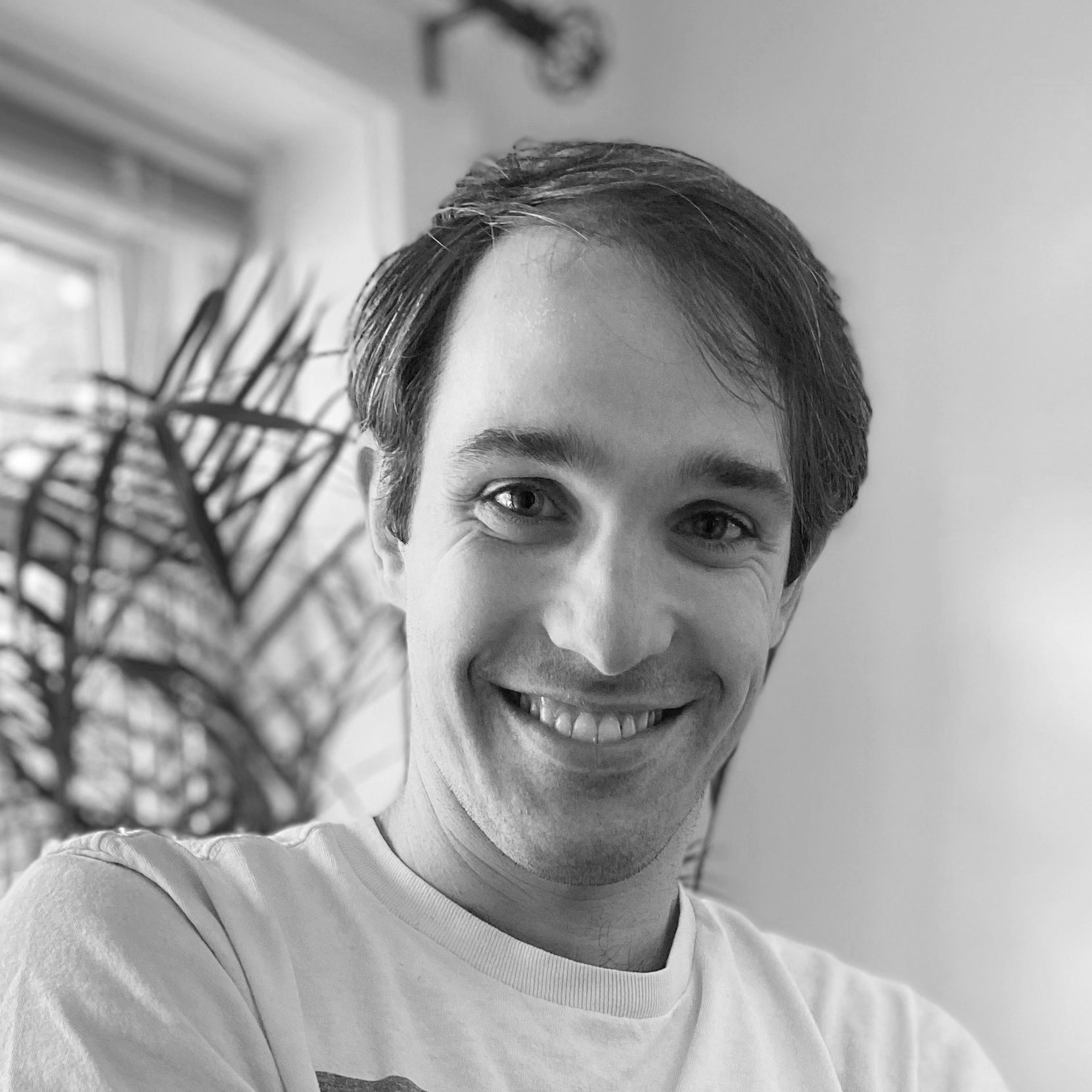
"I am a big proponent of this - if we were doing cadaveric dissection right now, we would have a lot of problems.... I'm pretty grateful for what we have going on."
AARON ACKERMAN, MD CANDIDATE '23

"The class this week was seamless."
MITCHELL THOM, MD CANDIDATE '23
"I think this was probably the most exciting thing... teaching and feeling like I'm in the room with the students. That was a real game changer for me this week.... It was really special, and I felt like they felt it too.... There was this conversation that we could have together, even though I was at my house and they were at theirs."
DR. SUSANNE WISH-BARATZ, ASSOCIATE PROFESSOR, ANATOMY
Overall, the class was pretty much the same, except now remote.
At a time when everything was up in the air, a feeling of normalcy went a long way in helping our students feel supported. As the semester progressed, we solicited feedback from the students and professors and added new features to the software to better accommodate the remote setting.
While other medical schools were having to stop or significantly alter their anatomy curriculum, CWRU’s students didn’t miss a day.
Our study on remote HoloAnatomy® was the first to show positive learning experiences for an entire class of medical students using mixed reality remotely. Students overwhelmingly believed that this technology is an effective way to learn medical anatomy. 81% felt that the remote anatomy sessions were equivalent or better than the in-person class, and actually when given a choice, 58% preferred remote HoloAnatomy® to in-person classes.
Assessment of Mixed-Reality Technology Use
in Remote Online Anatomy Education
%
STUDENTS CAN LEARN EFFECTIVELY USING HOLOANATOMY® REMOTELY
PREFERRED REMOTE TO IN-PERSON
NEW TECHNICAL DIFFICULTIES REPORTED
EQUIVALENT OR BETTER THAN IN-PERSON
There were also some silver linings.
Students set up HoloLens study sessions with their classmates, who were now spread across the country, to feel connected to each other. They buckled down to create structure for their newly flexible schedules, and having a personal HoloLens at home wasn’t too bad, either.
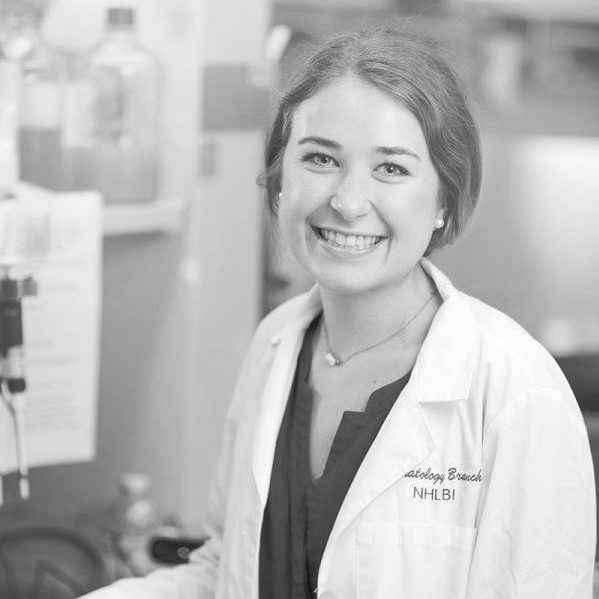
"It's funny, having a HoloLens at home. It makes me want to build things, having it at my fingertips all the time."
ELLEN KENDALL, MD CANDIDATE '23
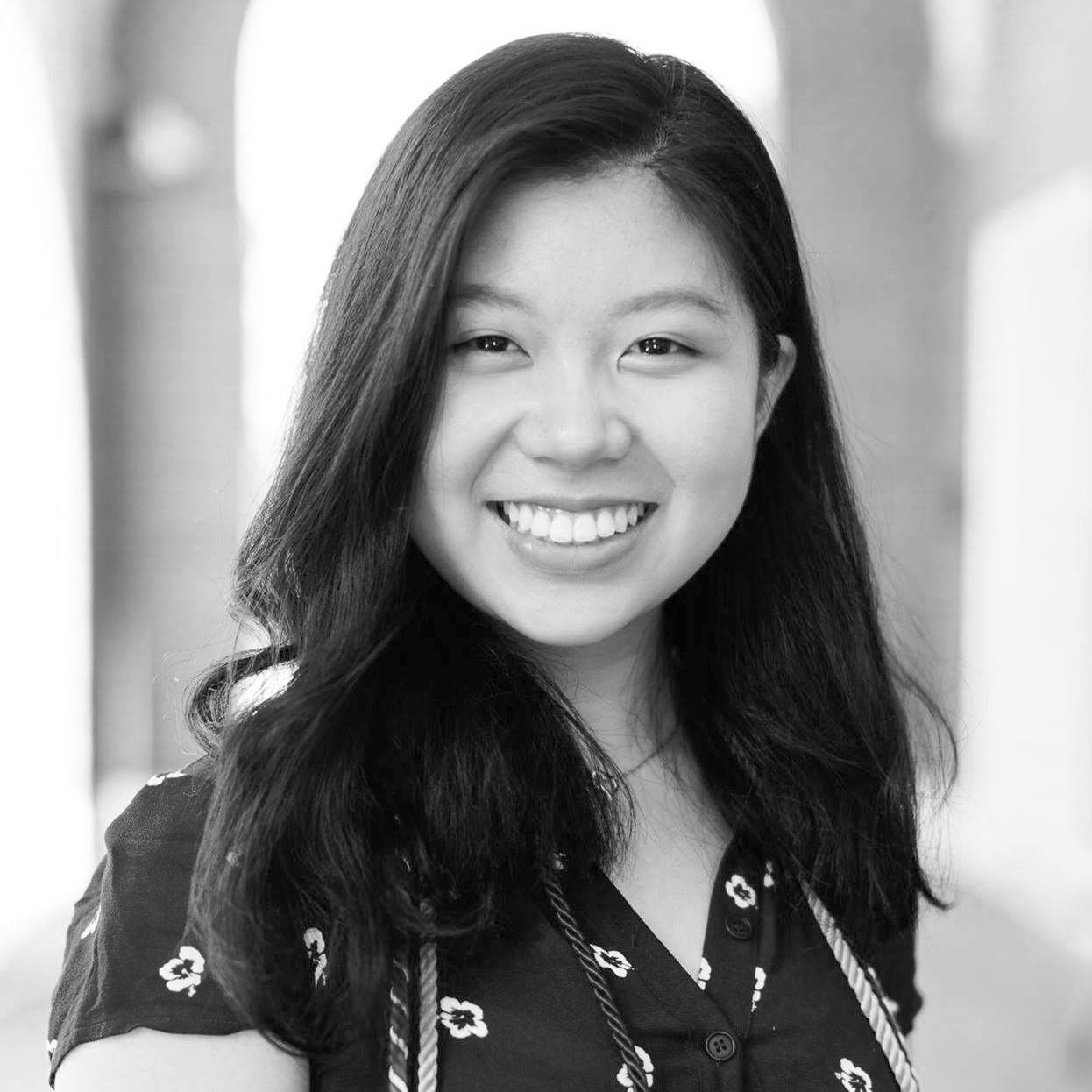
"I honestly like the extra space a lot - I have an entire body to myself!"
SABRINA WANG, MD/PhD CANDIDATE
